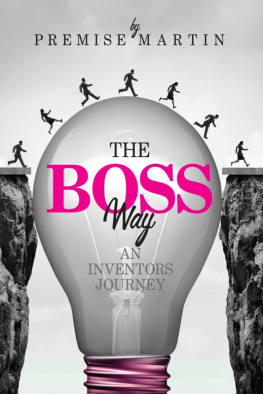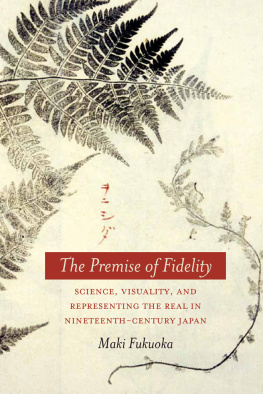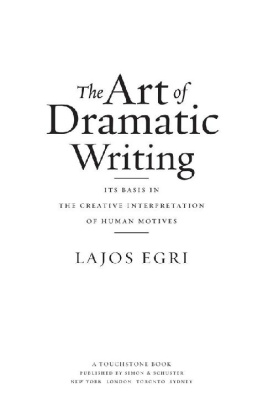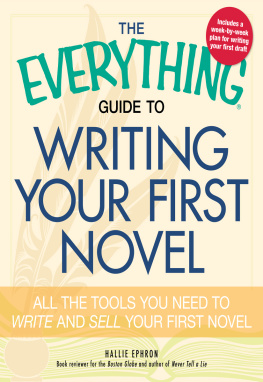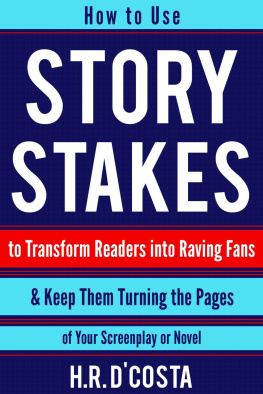Anatomy of a Premise Line
If a story is going to fail, it will do so first at the premise level. Anatomy of a Premise Line: How to Master Premise and Story Development for Writing Success is the only book of its kind to identify a 7-step development process that can be repeated and applied to any story idea. This process will save you time, money, and potentially months of wasted writing. Whether you are trying to write feature screenplay, a novel, develop a television pilot, or just trying to figure out your next story move as a writer, this book gives you the tools you need to know which ideas are worth pursuing. In addition to the 7-step premise development tool, Anatomy of a Premise Line also presents a premise and idea testing methodology that can be used to test any developed premise line. Customized exercises and worksheets are included to facilitate knowledge transfer, so that by the end of the book, you will have a fully developed premise line, log line, tagline, and a completed premise-testing checklist.
Here is some of what you will learn inside:
- Ways to determine whether or not your story is a good fit for print or screen
- Case studies and hands-on worksheets to help you learn by participating in the process
- Tips on how to effectively work through writers block
- A companion website (www.focalpress.com/cw/lyons ) with additional worksheets, videos, and interactive tools to help you learn the basics of perfecting a killer premise line
Jeff Lyons is a working writer, story editor, script and book doctor, and has worked in the film, television, and publishing industries for more than two decades, helping thousands of screenwriters and novelists tell better stories. He is an instructor through Stanford Universitys Online Writers Studio, and is a regular guest lecturer through the UCLA Extension Writers Program. Jeffs writings on the craft of storytelling can be found in leading industry trade magazines such as Writers Digest Magazine, Script Magazine , and The Writer .
Story structure changed my writing life, and the magician who taught it to me was Jeff Lyons. Every writer on the planet needs coffee, chocolate, and this book!
Caroline LeavittNew York Times and USA Today bestselling author, Is This Tomorrow and Pictures of You
This is a book for which many of us have been waiting, and if you are at all like me, incorporating Jeffs ideas and guidance into your work can make all the difference.
Barnet BainProducer, What Dreams May Come ; Writer/Producer, The Celestine Prophecy
There is no book like this in the marketplace. It will help writers, producers, and directors, and save everyone from wasted time writing drafts to find a story. I wish I had this book when I was in film school.
David JefferyProducer, Bones; American Family; Lesson Plan
Working with Jeff reminds me of a quote from Michelangelo, I saw an angel in the marble and carved until I set him free. Jeffs amazing tools have helped me develop solid premise and log lines, and to chisel my stories free from the stone. This book will help you do the same.
Michael PerriStaff Writer, NBCs State of Affairs
After reading Jeffs terrific book I felt like rushing to my desk, new tools in hand, and fixing all my unsold screenplays. I highly recommend to anyone writing a screenplay or novel.
Nick CastleWriter/Director, Escape From New York, Hook, August Rush, Last Star Fighter, The Boy Who Could Fly, Tap, Dennis the Menace
Before, I used to write myself into a corner, but thanks to Jeff Lyons premise tools now I can see my storys structure from the outside, to see whats working and what could be stronger. This book will help you draw a map through the story forest, rather than getting lost in the trees. Ive used this material with my students with the same beneficial effect as with my own writing. I highly recommend this book.
Malena WatrousAuthor, If You Follow Me ; Head Instructor Stanford University Online Writers Studio
Anatomy of a Premise Line
How to Master Premise and Story Development for Writing Success
Jeff Lyons

Visit the companion website for this book at
www.focalpress.com/cw/lyons
First published 2016
by Focal Press
70 Blanchard Road, Suite 402, Burlington, MA 01803
and by Focal Press
2 Park Square, Milton Park, Abingdon, Oxon OX14 4RN
Focal Press is an imprint of the Taylor & Francis Group, an informa business
2016 Taylor & Francis
The right of Jeff Lyons to be identified as author of this work has been asserted by him in accordance with sections 77 and 78 of the Copyright, Designs and Patents Act 1988.
Notices
Knowledge and best practice in this field are constantly changing. As new research and experience broaden our understanding, changes in research methods, professional practices, or medical treatment may become necessary.
Practitioners and researchers must always rely on their own experience and knowledge in evaluating and using any information, methods, compounds, or experiments described herein. In using such information or methods they should be mindful of their own safety and the safety of others, including parties for whom they have a professional responsibility.
Product or corporate names may be trademarks or registered trademarks, and are used only for identification and explanation without intent to infringe.
Library of Congress Cataloging-in-Publication Data
Lyons, Jeff.
Anatomy of a premise line : how to master premise and story development for writing success / by Jeff Lyons.
pages cm
Includes bibliographical references and index.
1.Motion picture authorshipVocational guidance.2.Motion picture playsTechnique.I.Title.
PN1996.L845 2015
808.2'3dc23
2015000347
ISBN: 978-1-138-91758-3 (hbk)
ISBN: 978-1-138-83885-7 (pbk)
ISBN: 978-1-315-73376-0 (ebk)
Typeset in Garamond
By Apex CoVantage, LLC
This is for you Kimberley. You know why.
Contents
Like a lot of writers, I used to believe in the Muse. I would sit at my desk and wait for inspiration, for some idea that might propel me into a story. Id also eat a whole lot of cookies and drink a whole lot of coffee while I waited. Sometimes ideas did come, like little solar flares, and then I would write and write, until the flares went out and I was left wondering, What happened? My novels first drafts usually turned out to be eight hundred unwieldy pages with the story so convoluted that youd need a road map just to figure out where it started, never mind where it ended or what it meant. To dig out the story, to refine it, took years, but I told myself that that was how a writer works, that that was just part of the process.
Oh, how wrong I was.
Following the Muse is a bad strategy because you end up with a story that really isnt a story at all, but more like an add-a-pearl necklace of events following events, for no particular deep reason. Theres often no cause and effect, and character development becomes unwieldy or nonexistent. Plus, the Muse is fickle, not showing up some days. Inspiration is great, but then there is the hard, satisfying work of craftand make no mistake, writing is a craft as well as an art.
One day, while I was teaching at UCLA online, a student told me about story structure. I thought it sounded ridiculous. I had read books on story before and they hadnt been helpful at all. Instead, they soothed. They told writers to keep going, to deepen their characters, but they never really showed you how or why. Plus, everyone knew that outlines were for the non-creative. They would box you in, and keep you from discoveries. No surprises for the writer, no surprises for the reader, was the logic.


